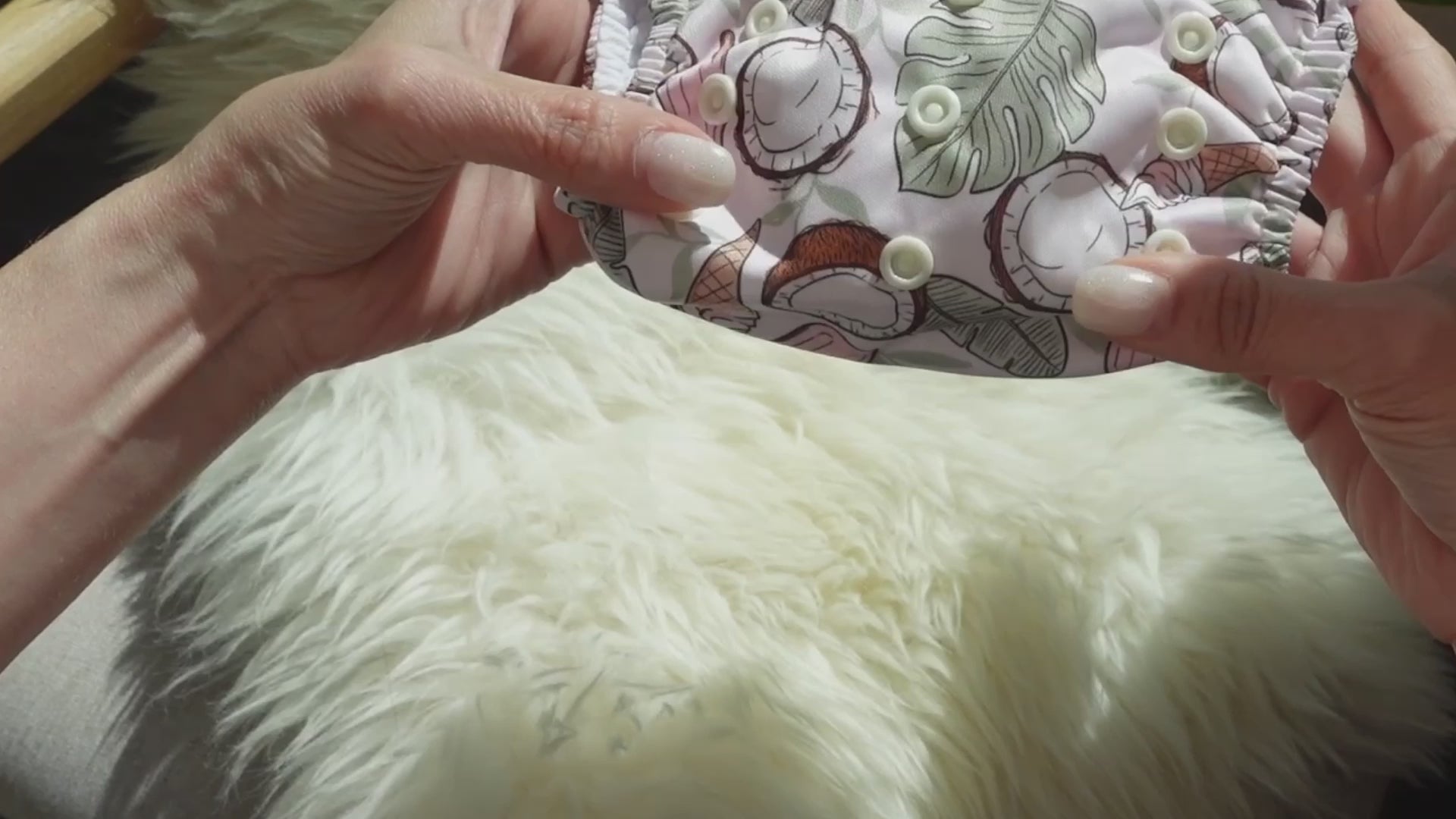How often should you change your cloth diapers?
Every 2 hours.
But it also depends on wether baby has gone pee or poo. We suggest changing cloth diapers every two hours to keep your infant comfy and avoid skin issues caused by having wetness against the skin. With these bamboo inserts, you can actually choose wether baby stays dry or wet (for potty learning).
If baby poops, you change them right away to avoid rashes and other skin conditions.
According to the Family Doctor.org; the American Academy of Pediatrics (AAP), babies that use disposable diapers should be changed every 2-3 hours. Depending on how much absorbency you have in your cloth diapers, it can be the same.
Cloth Diaper Inserts and Pee
The klnd of insert you use in your cloth diaper makes a big difference in terms of dryness. More absorbency with a stay-dry layer means that the pee is actually drawn away from the top layer of the insert into the bottom layers keeping baby dry.
A dry bottom means less rashes. A dry bottom PLUS frequent diaper changes means the child's sensitive skill will he healthy in the long term.
Making the switch from disposable to cloth diapers might not be as difficult as you think, since both types of diaper have the same recommended change time.
Again, the key to this transition are good, absorbent cloth diaper inserts. Stay away from microfiber which tends to have compression leaks and hold on to stink. A better choice would be a bamboo cotton blend to combine the absorbency of cotton and the sustainability of the bamboo fabric.
Layers Matter
mean you have to change more often if you at first. Disposable diapers are super good at soaking up moisture, so your baby might make extra pee to compensate. This makes cloth diapers get wet faster during the transition. You might need to change every hour at first and later every two hours, like usual for cloth diapers.
New diapers need a little time to reach their full absorbency. They work best after you wash the inserts about eight times. So, new diapers need more frequent changing than old ones. For more details, check out our guide on new diapers.



































